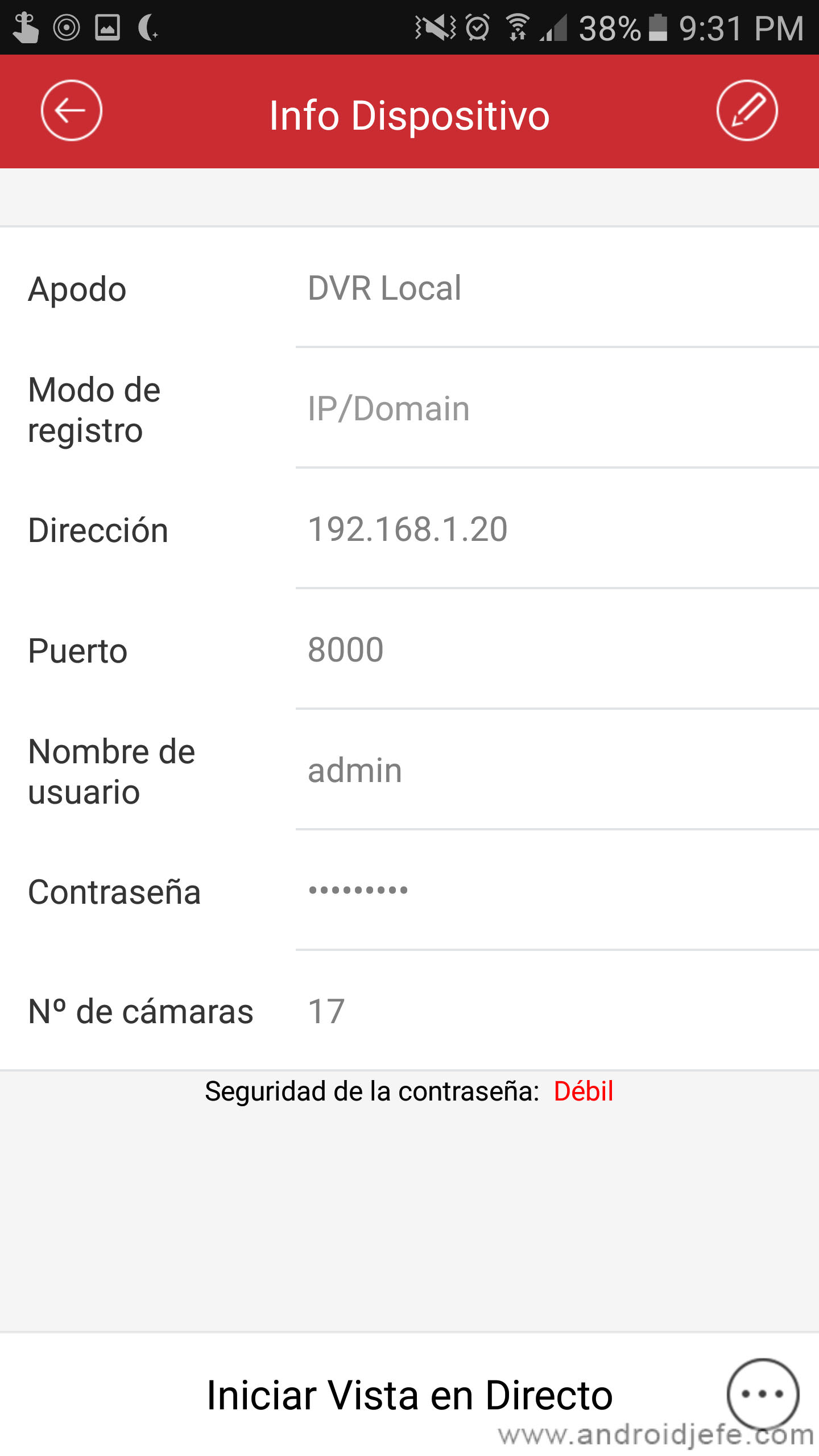
You can login with your Hikvision username and password. If the settings are correct, you will be redirected to the NVR’s login interface, the URL will start with your Public IP address. Make sure the DDNS Status shows as “normal” or “online”. Note: Check the DNS status before configuring the DDNS, Preferred DNS is recommended to be 8.8.8.8 and Alternate DNS 8.8.4.4. You can always manage the domain name later in the NO-IP control panel.

Router configuration differs from router to router, in this demonstration we will use RT-AC1900 from Asus. Configure the port forwarding or DMZ settings on the router, mapping the port for the NVR or put the NVR IP address in the DMZ zone. However, the logic is the same across all the platforms. The procedure below is done via the web interface. There are a few ways how you can do the settings: directly from the NVR’s local interface, through the web interface or even via the iVMS-4200 software. Note: For more details about DDNS and how it works in CCTV security systems, take a look at this article: How to set the DDNS DynDNS on the Hikvision NVRs/DVRs/Camera. If you think it’s good, you can purchase an account. No-IP basic service is provided free of charge, yet you will have to confirm the hostname every 30 days. In other words, instead of using a private IP address (such as .x) or public IP address, you can use URL and domain name. This provides the possibility for remote access anywhere in the world as long as there’s Internet connection.

Once the DDNS is configured on the Hikvision NVR, you will be able to access the NVR (or DVR) directly from the Internet instead of from Local Area Network only.


This guide will demonstrate how to configure No-IP DDNS on Hikvision NVR. Hikvision NVR or DVRs support multiple popular DDNS such as DynDNS and No-IP and some OEM versions allow custom DDNS as well.


 0 kommentar(er)
0 kommentar(er)
